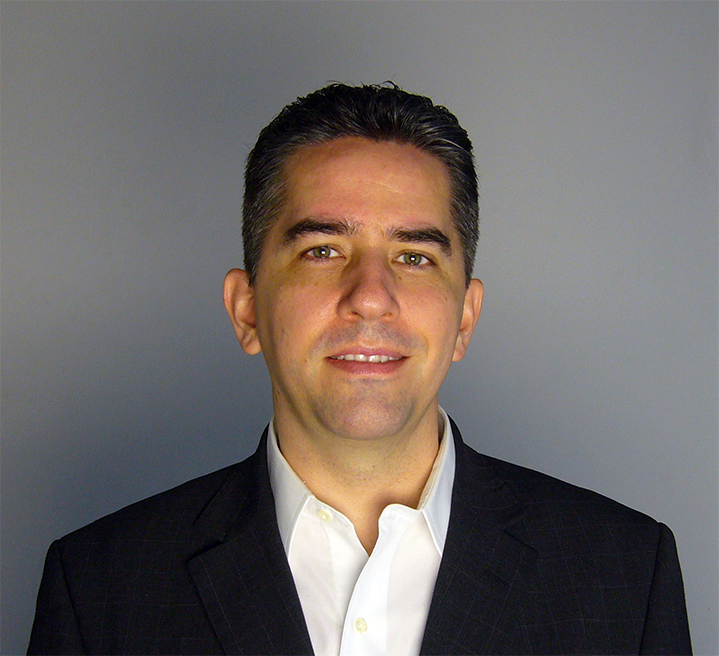MISSION
Analyze, innovate, implement.
EXPERTISE

KEVIN PARKIN, Ph.D.
Dr. Kevin Parkin is the founder of Parkin Research and the inventor of the microwave thermal rocket.
2002: Invented the microwave thermal rocket.
2005: Awarded the Korolev Medal by the Russian Federation of Astronautics and Cosmonautics for his ground-breaking work in microwave thermal propulsion.
2007: Founded the Mission Design Center at NASA Ames and developed its software architecture, having previously created the ICEMaker software used by NASA JPL and others.
2009 – 2015: As Research Faculty at the Silicon Valley campus of Carnegie Mellon University he was Principal Investigator of a $5M NASA-funded project to conduct innovative research, and also Principal Investigator and Chief Engineer of a $3M DARPA project to launch the first millimeter-wave thermal rocket. These projects developed the first millimeter-wave absorbent refractory heat exchanger, millimeter-wave thermal rocket, and high power cooperative target millimeter-wave beam director, which together enabled the first millimeter-wave thermal rocket launch in early 2014 at about the scale of Goddard’s early conventional liquid-fueled rocket launches in the 1920s.
2015: Founded Parkin Research, LLC in San Francisco, California, to advance the state of the art in directed energy propulsion and model-based systems engineering.
2016 – 2024: Systems Director of Breakthrough Starshot, a $100M initiative to send a beam-driven probe to Alpha Centauri within the next generation.
Kevin is a member of the Institute of Physics and received his M.Phys. in Physics with Space Science and Technology from the University of Leicester in 1999, his M.S. in Aeronautics from Caltech in 2001, and his Ph.D. in Aeronautics from Caltech in 2006.
HISTORY
Parkin Research, LLC was established in San Francisco in 2015.
LOGO
The Parkin Research logo depicts a directed energy rocket‘s transformation from an abstract constraint hypergraph to physical form. The logo alludes to the informatic nature of engineering, a discipline passed on from one generation to the next, growing more sophisticated over the centuries. As a boy, Kevin Parkin discovered a 350,000 year-old flint handaxeUpon skepticism from his mother, Kevin buried the relic in a special spot and it was rediscovered 20 years later, as described by M.J. Dearne, A lower palaeolithic handaxe from Grange Park, Enfield, Bulletin of the Enfield Archaeological Society 191 (2008) 8. while playing in the garden; the relic was crafted by Neanderthals who passed on its method of construction through demonstration, and later by speech. Humans advanced the art through writing, then printing, computing, the internet, artificial intelligence, and lately machine learning. The future of engineering is constrained or enabled by how knowledge is represented, learned, and applied — it has always been.

